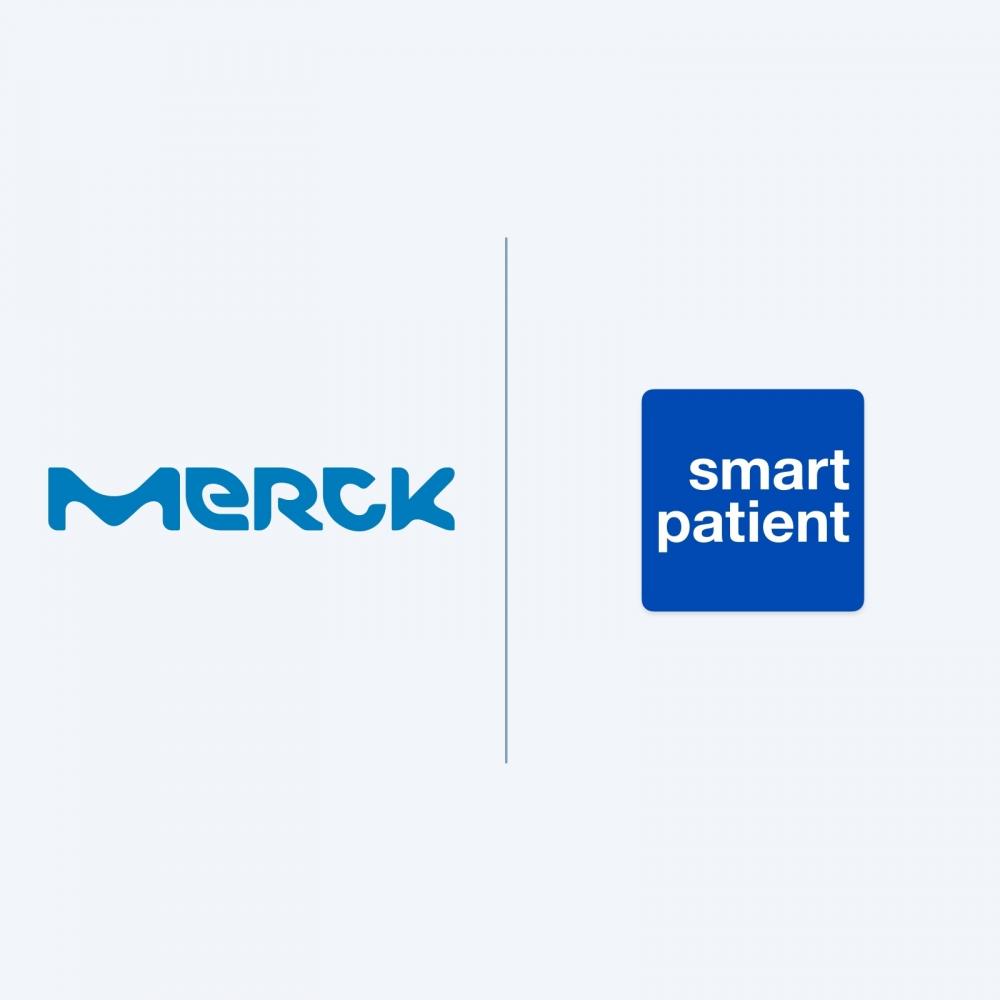Partnering in Digital Health: What Pharma Can Expect When Working With smartpatient
Digital health partnerships between pharma and tech companies need to be built on solid foundations to be sustainable and scalable. Here are four key principles we use to underpin our partnerships

- Digital health partnerships between pharmaceutical and tech companies must be built on a solid foundation if they are going to stand the test of time
- A shared vision of success, a division of responsibilities based on core competencies, and an understanding of investments and intellectual property ownership are among the critical principles we apply to our pharma partnerships
- Applying these principles has helped us form sustainable and scalable partnerships with some of the biggest companies in the industry
Pharma’s digital health partnerships have not always gone according to plan, with issues such as the division of responsibilities and ownership of intellectual property causing relationships to suffer. With such issues in mind, potential pharma partners often ask us what steps we take to ensure a mutually beneficial relationship that stands the test of time. In this post, we share some of the key principles we place at the heart of our partnerships with pharma.
4 Principles for Successful Digital Health Partnerships with Pharma
1. Your Success is Our Success
While this may seem obvious, the success of a digital health tool can be somewhat irrelevant to the vendor behind its development. This is particularly true of a standalone product that is just one of many the company develops for different partners.
Our approach, however, means that the success of each program running on MyTherapy contributes to the combined success of the platform. Every program that performs well in terms of uptake, engagement, and scalability has a tangible benefit to us as a company. This is why we assign a Partner Success Manager (PSM) to each program, who is responsible before, during, and after the program’s implementation.
This is a testament to our commitment to the long-term success of partner programs; the PSM will regularly check in with the partner and act as the point of contact, helping tackle problems and implement new approaches for improving performance.
2. Program Performance Should Guide Our Discussions
Following on from the first point, we believe it is the program’s performance that should guide our discussions. We typically establish a bi-annual program performance review, during which we analyze metrics and identify potential room for improvement.
For these reviews to provide value and actionable outcomes, we make it a priority to find a clear alignment on the relevant program KPIs.
As a starting point, we have user uptake, impact on adherence, and patient satisfaction as KPIs that are typically relevant to partner programs running on MyTherapy (you can read about our approach to KPIs by clicking here). However, we work with partners on a case-by-case basis to ensure that the KPIs we use for reviews are clearly linked to the desired impact of the program.
3. A Clear Split of Roles and Competencies
We strongly believe that the division of roles and responsibilities between us and our pharma partners should reflect our respective competencies. Take MyTherapy’s ‘picture of the day’ – a feature where users are shown a picture upon completion of their tasks for the day. This seemingly innocuous feature is actually something we have tried and tested for its impact on engagement. While we are always open to ideas regarding the platform, we would resist should a partner ask to be in control of choosing the picture.
It is far more productive for partners to focus on measurable success and proving the internal business case to further scale the offering. If success metrics are clearly defined, we can jointly discuss how we can improve those metrics through product development by making the best use of the data, the experience, and the know-how we bring to the table from a decade of iteratively improving MyTherapy.
Should it transpire that changing the picture of the day might be a worthwhile investment, then we would certainly be happy to have the discussion.
4. Platform Development is a Joint Venture Divided into 3 Clear Investments
The approach outlined above is closely connected to how we view platform investments; any platform development must have some sort of business case attached. The business case is typically defined by how and where the value is generated, and this subsequently determines where the expense lies and how ownership of intellectual property is handled.
This has resulted in three types of platform investments:
- smartpatient Roadmap Investments: These are developments we believe in and are doing at our expense. We are, of course, happy to provide partners with information on current and upcoming topics.
- Partner Investments: This includes anything we build for a partner where the value generated is specific to the program and where we do not see any overarching value for the platform. Such investments are made at the partner’s expense and the partner owns 100% of the intellectual property
- Shared Platform Investments: This is the result of discussing a development that is not on our roadmap, but would generate value for both the partner and the platform. In return for a lower cost to the partner and predictable availability, we retain ownership of the intellectual property of the feature and retain control.
Learn More About Partnering with Us
In our experience, partnerships work well when we are well aligned with our pharma partners on the goals and KPIs and, from there, divide and conquer. This is achieved only with clear, open, and honest communication.
If you want to learn more about partnering with smartpatient and how our approach to working with pharma can help you achieve your aims in digital health, don’t hesitate to book a meeting.





